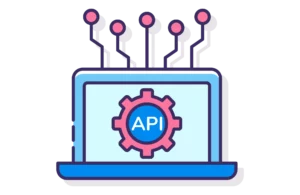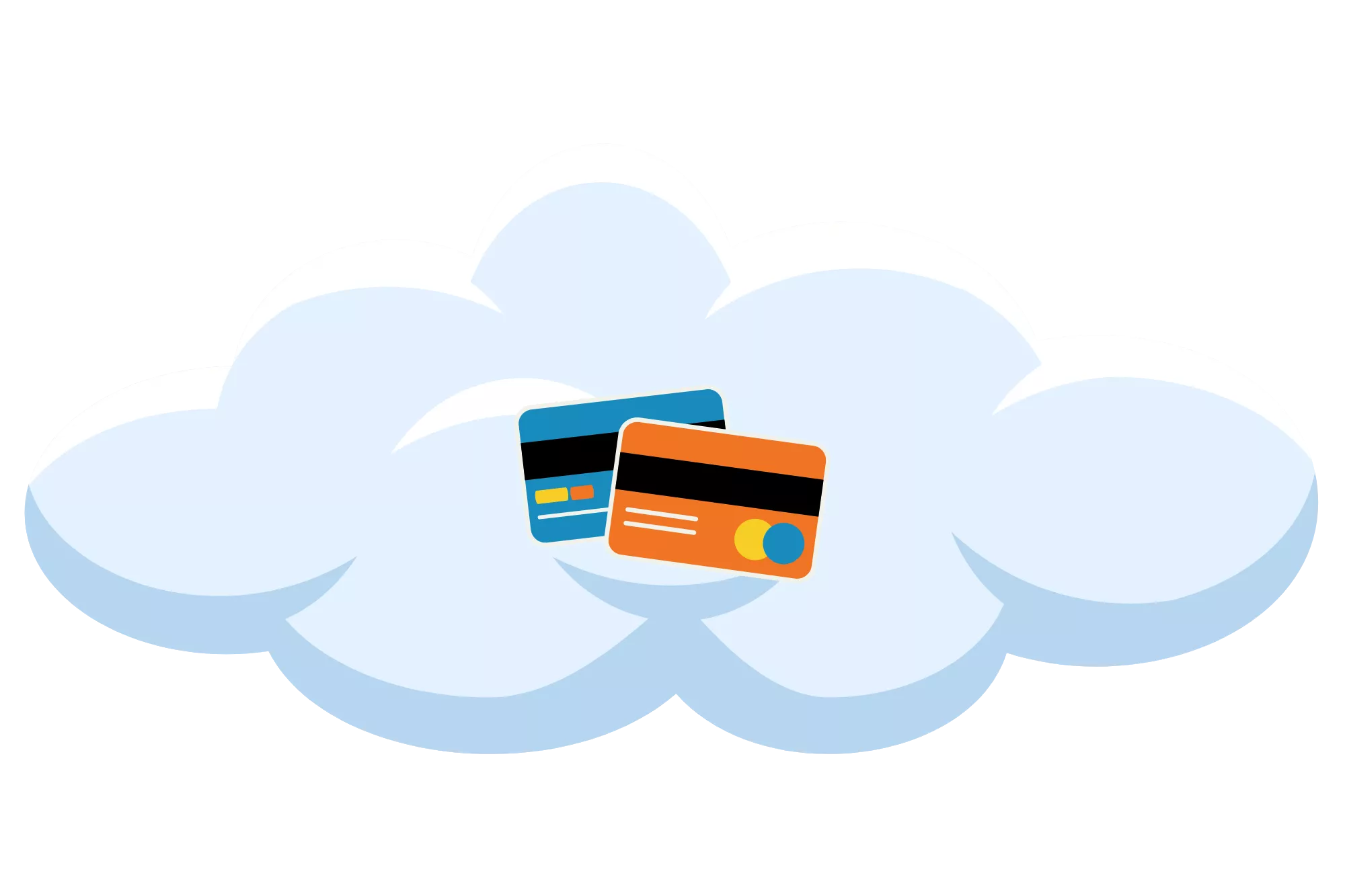
TABLE OF CONTENTS
Over the last 10 years, eCommerce sales have surged from $60.4 billion in sales in 2012 to $261.97 billion in 2022.[1]YCharts. “US E-Commerce Sales (I:USECS)“. Accessed on April 6, 2023. This statistic alone stresses the importance of investing in a seamless, reliable, and secure online payment system. And for that, you need to integrate a payment gateway into your eCommerce shop. However, today’s numerous integration options can make it difficult to choose the most suitable method for integrating your payment gateway. Today, one of the most popular approaches to connecting your payment gateway with your business website is API integration. Keep reading to find out if an API payment integration is right for your business!
What Is a Payment API?

Application programming interfaces—a mouthful referred to simply as API—are program commands that establish a link between one program and another through an interface. Simply put, API allows two programs to work together to create an easy-to-use digital space for the user.
As a payment gateway integration method, merchants can use a payment API to connect their gateway to their eCommerce site. An API connection facilitates the transfer of customer data to a payment gateway, which can then function as a virtual point-of-sale (POS) system and accept credit and debit card payments.
How Do Payment APIs Work?
A payment API works by an application sending a request to the API, which then forwards it to the payment gateway. Once received, the payment gateway communicates with the payment processor, which sends a response message to the payment gateway indicating whether the payment has been approved or declined. Think of a payment API as an intermediary, as it helps deliver your customers’ credit card information to your payment gateway.
A payment API connection is most often applied to non-hosted payment gateways. Unlike self-hosted gateways, where the gateway is on the website’s platform, non-hosted payment gateways are issued by third-party payment gateway providers.
Benefits of the Payment Gateway API Integration Method
Because API integration doesn’t require a team of developers, small- and mid-size business owners can utilize the benefits of a payment gateway via API integration. Below are a few other noteworthy benefits of using an API integration for your payment gateway:

Efficient processing
Because API gateways don’t redirect to another page, customers can shop effortlessly on your eCommerce store. The whole process, from payment request to authorization, is simplified onto one page to ensure maximum speed.

Elevated customer experience
API gateways allow you to customize how the checkout page feels and looks. You can add customer profiles, offer recurring payment options, and manage discount codes.

Increased security
API integration preserves the payment gateway’s security settings. If your business is hit with fraud, you can rest assured your customer’s card data and your business’s financial data are still secure with API integration. Some API integrations enable data encryption for added security.

Multiple Payment Methods
Many API gateways support payment methods other than credit card payments. Alternative payment methods like mobile wallets and ACH payments are becoming more popular, and offering them can increase your customer base.
Top Features of an API Payment Gateway
As technology continues to advance, payment API integration standards have significantly improved. Bells and whistles are great, but it’s important to keep in mind the core features of a great API payment gateway listed below:
1. Easy to use
API integration is a popularized method simply for its ease of use. If you’re a small business owner without any technical experience, a payment API integration is straightforward enough to properly implement on your own. Additionally, you can avoid most errors, as the API will highlight them clearly.
2. Custom pricing
API payment gateway providers can provide custom pricing to businesses processing large volumes of transactions. Because custom pricing is typically lower than a provider’s standard price, it can save a business significant money. Before requesting custom pricing, be prepared to provide your processing statements.
3. Modern interface
A slow or complicated payment gateway can increase shopping cart abandonment at your eCommerce site. For this reason, ensure your API payment gateway has a modern design and offers a user-friendly experience. And as more customers make payments on their phones, a mobile-optimized interface is extremely important.
4. Reliable customer support
Customer support can assist you with integrating a payment API gateway for the first time. A representative can take you through the integration process step-by-step. And if you’re experiencing issues with your API payment gateway, a reliable support team can have you back to accepting online payments in no time.
5. Sandbox capabilities
Before turning on your payment API gateway for live transactions, testing the gateway is a must. Sandbox capabilities are software testing abilities utilized to ensure the API is working as intended, the interface is customized to your preferences, and the user experience is the same for desktop and mobile.
6. Advanced security
You’ll want an API payment utilizing the latest security standards to protect sensitive data. Look for API gateways that offer fraud detection tools, like AVS checks or tokenization. Without dependable security software in place, exposure to fraud increases, putting customer data at risk and holding you liable to any penalty fees.
Finding the Right Payment Gateway API Provider
An API-integrated gateway is a perfect solution for small businesses lacking an in-house technical team, but the next step is finding the right payment gateway provider for your particular needs. When searching, keep in my mind the aforementioned features indicative of a dependable payment API gateway. And if you’re having trouble deciding on the right gateway provider, consult with a merchant services provider that can review your processing history to determine the most beneficial payment gateway solution for your operations.






